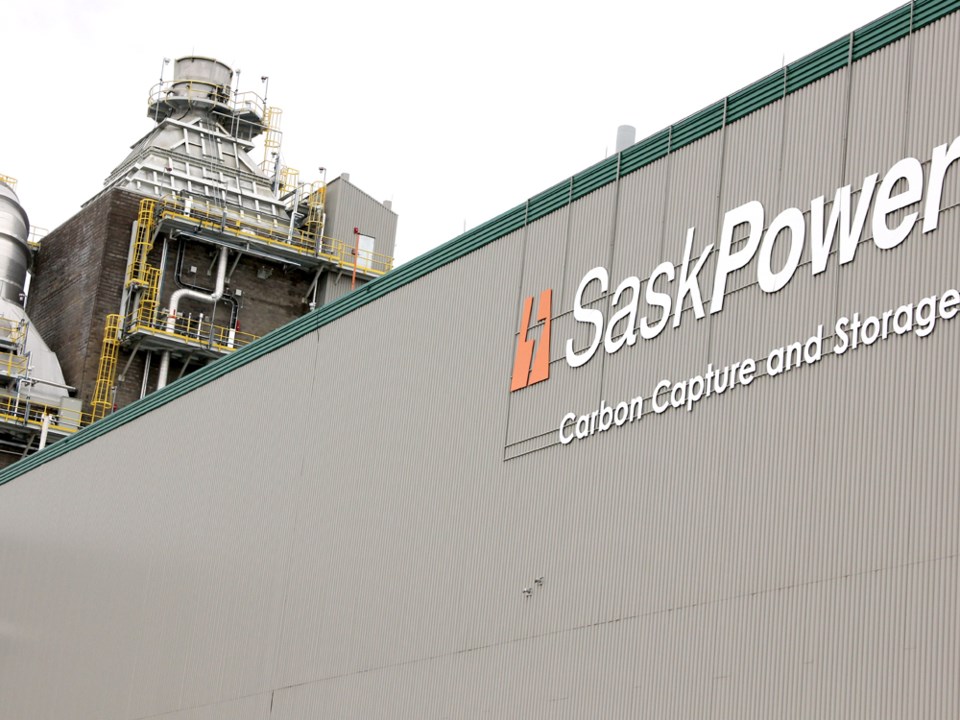It’s not every day or even every year or decade that Estevan sees the completion of billion-dollar project.
The opening of the $1.4 billion carbon capture and sequestration project attached to Boundary Dam Power Station’s Unit 3 is the Estevan Mercury’s top story of 2014.
The project was originally planned to open in the spring but delays pushed it back, leaving Oct. 2 as the day to cut the ribbon. On the previous day, the switch was flipped and the capture system collected 2,300 tonnes of carbon dioxide.
While the project has been touted for its economic boost to the Energy City landscape during the four-year construction period as well as the reduction in the coal-fired power plant’s environmental footprint, perhaps the most important thing for Estevan is the potential for the project to extend the lifespan of the local coal industry.
With the mining operation, power generating station and tertiary jobs that support the industry and those employed in it, coal is responsible for thousands of jobs in Estevan.
On the day of the grand opening, Estevan Mayor Roy Ludwig noted, “For a long time coal was seen as a twilight industry. (The carbon capture project) has just been a great, great thing, not only to our community but also to the whole coal industry.”
The new capture system, aside from capturing 90 per cent of carbon dioxide emissions, also captures all fly ash emissions as well as nearly eliminating nearly all the sulphur dioxide.
Saskatchewan Premier Brad Wall said the province’s quest for balance with regards to doing what’s best for the economy and the environment led them to this particular project and the Oct. 2 celebration.
“We had a choice of low-cost energy versus higher cost but better for the environment decisions … until today,” said Wall, noting that 1,200 new coal fired plants were С����Ƶ planned around the world as he spoke at the opening. “That’s why coal is still part of the mix. There is reason for hope as of today. The message is that maybe there is more choice after all.”
The Wednesday prior to the Oct. 2 official launch, Cenovus Energy Inc., the recipient of the CO2, picked up the gas right from the plant when it entered their pipeline that is attached directly to the capture plant, sending it to their nearby well sites to be used for enhanced oil recovery systems.
What Cenovus is paying for the privilege of piping the captured carbon to their oilfields has yet to be disclosed.
That sale is a large part of what makes the case for whether or not this project is, in fact, economically viable beyond its environmental viability.
Estevan is now waiting on an announcement regarding the conversion of further power units at Boundary Dam to carbon-capture systems.



.png;w=120;h=80;mode=crop)
